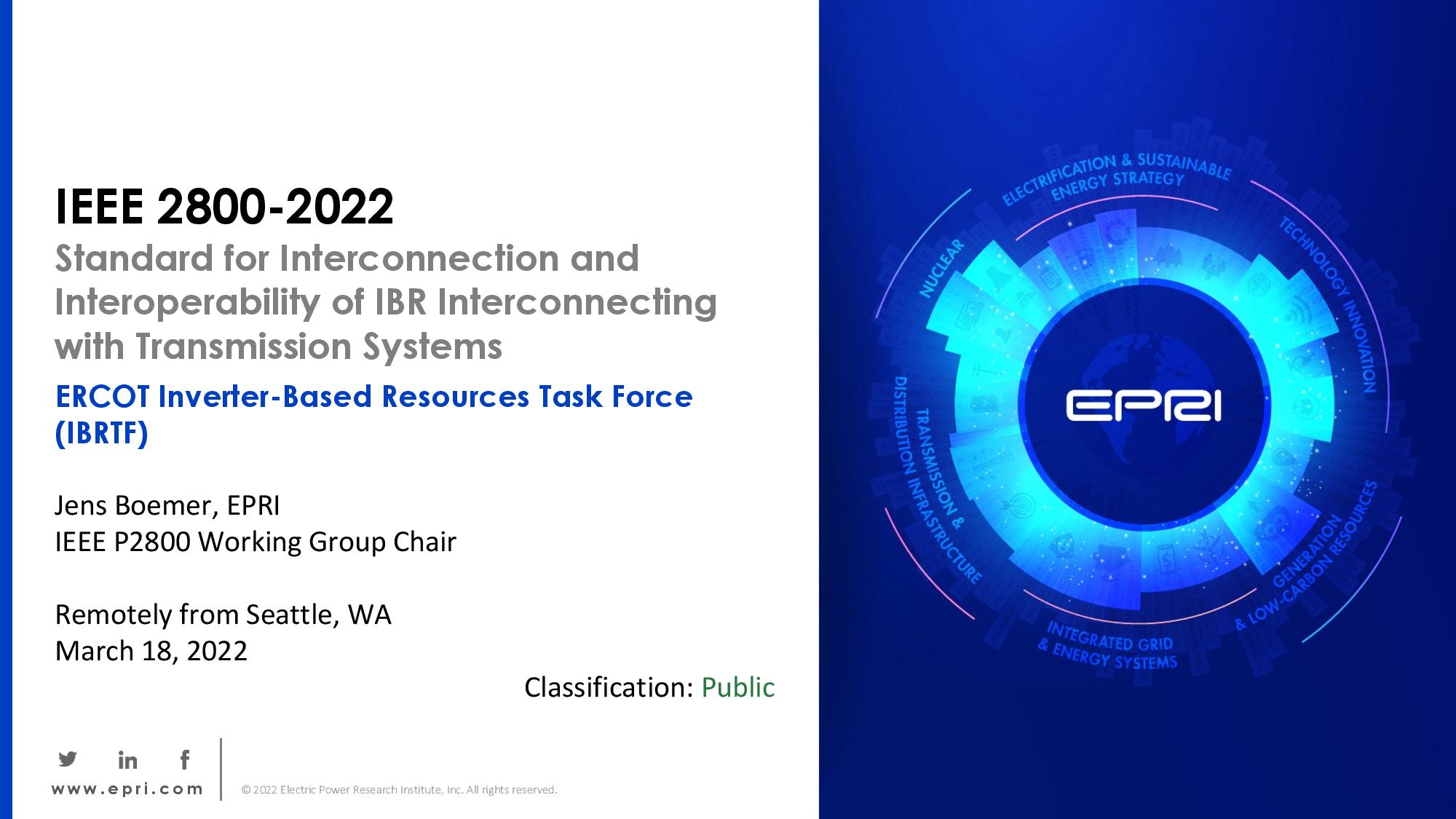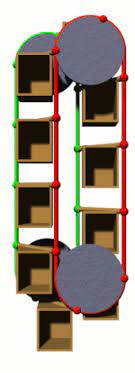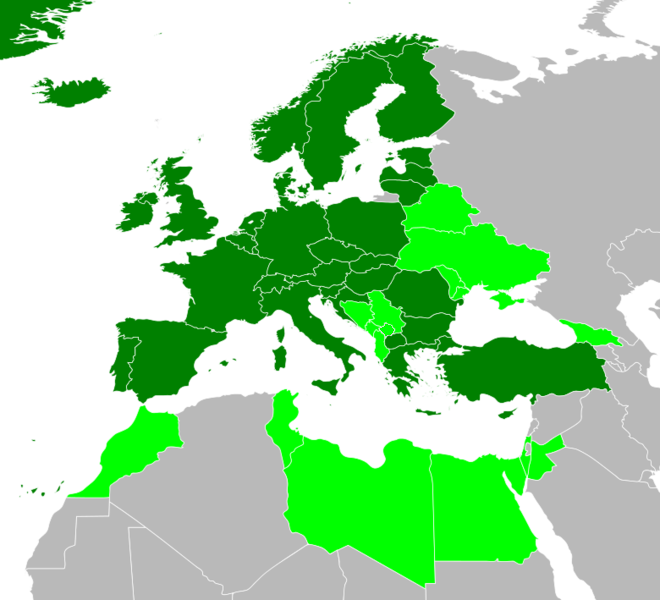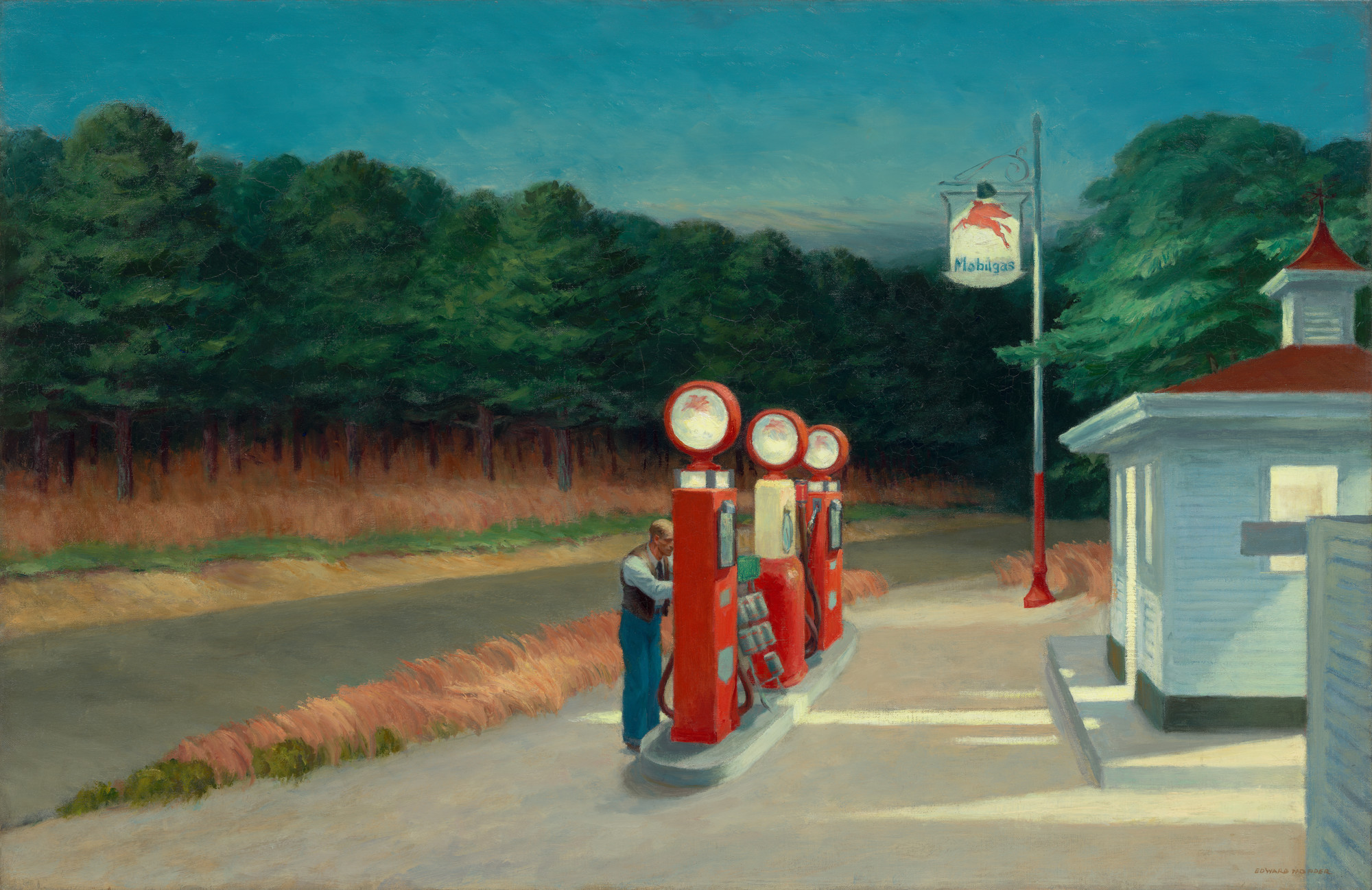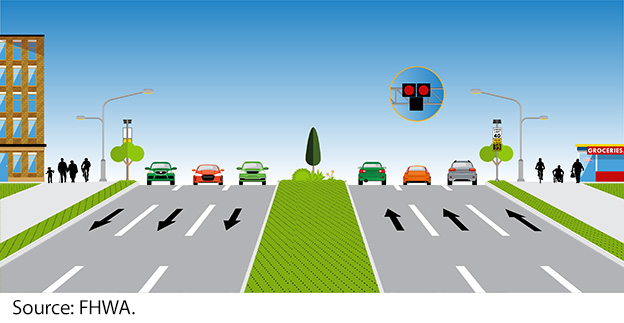Fast Forward
- Home Page 244

Robotics Laboratories
This content is accessible to paid subscribers. To view it please enter your password below or send mike@standardsmichigan.com a request for subscription details.
Interoperability of Inverter-Based Resources
IEEE Standard for Interconnection and Interoperability of Inverter-Based Resources (IBRs) Interconnecting with Associated Transmission Electric Power Systems
Abstract: Uniform technical minimum requirements for the interconnection, capability, and lifetime performance of inverter-based resources interconnecting with transmission and sub-transmission systems are established in this standard. Included in this standard are performance requirements for reliable integration of inverter-based resources into the bulk power system, including, but not limited to, voltage and frequency ride-through, active power control, reactive power control, dynamic active power support under abnormal frequency conditions, dynamic voltage support under abnormal voltage conditions, power quality, negative sequence current injection, and system protection. This standard also applies to isolated inverter-based resources that are interconnected to an ac transmission system via dedicated voltage source converter high-voltage direct current (VSC-HVDC) transmission facilities; in these cases, the standard applies to the combination of the isolated IBRs and the VSC-HVDC facility, and not to an isolated inverter-based resource (IBR) on its own.
Scope: This standard establishes the required interconnection capability and performance criteria for inverter-based resources interconnected with transmission and sub-transmission systems.10, 11, 12 Included in this standard are performance requirements for reliable integration of inverter-based resources into the bulk power system, including, but not limited to: voltage and frequency ride-through, active power control, reactive power control, dynamic active power support under abnormal frequency conditions, dynamic voltage support under abnormal voltage conditions, power quality, negative sequence current injection, and system protection. This standard shall also be applied to isolated inverter-based resources that are interconnected to an ac transmission system via a dedicated voltage source converter high-voltage direct current (VSC-HVDC) transmission facility; in these cases, the standard shall apply to the combination of the isolated IBR and the VSC-HVDC facility and shall not apply to the isolated IBR unless they serve as a supplemental IBR device that is necessary for the IBR plant with VSC-HVDC to meet the requirements of this standard at the reference point of applicability.
Purpose: This standard provides uniform technical minimum requirements for the interconnection, capability, and performance of inverter-based resources interconnecting with transmission and sub-transmission systems.
Smart Grid Coordination Group
The European Standardization System and the International Electrotechnical Commission standardization system are two distinct systems that serve different geographical areas and have different scopes, although they share some similarities. Here are some key differences between the two systems:
- Geographical Scope: The European Standardization System focuses on the standardization needs of European countries, including members of the European Union (EU) and European Free Trade Association (EFTA) countries. It is managed by three European standardization organizations: CEN (European Committee for Standardization), CENELEC (European Committee for Electrotechnical Standardization), and ETSI (European Telecommunications Standards Institute).
On the other hand, the IEC standardization system has a global scope and develops standards for electrotechnical and electronic technologies that are used worldwide. The IEC is a non-profit organization based in Switzerland, and its standards are adopted by countries around the world, including Europe.
- Standardization Process: The European Standardization System follows a three-step process of development, approval, and publication of European Standards (ENs) and Technical Specifications (TSs). This process involves the participation of national standardization bodies from European countries, along with stakeholders from industry, academia, and other relevant sectors.
The IEC standardization process involves the development of International Standards (ISs) and other types of publications, such as Technical Reports (TRs) and Technical Specifications (TSs). The IEC standards are developed by technical committees consisting of experts from IEC member countries, including industry representatives, academics, and other stakeholders.
- Scope of Standardization: While both the European Standardization System and the IEC standardization system cover electrotechnical and electronic technologies, they have different scopes in terms of the specific areas they cover. The European Standardization System covers a wide range of areas, including engineering, manufacturing, construction, energy, environment, and services, among others.
The IEC standardization system focuses specifically on electrotechnical and electronic technologies, including areas such as electrical safety, electromagnetic compatibility, electrical and electronic equipment, renewable energy, smart grids, and communication systems, among others.
- Legal Status of Standards: European Standards (ENs) developed under the European Standardization System can be adopted by European countries as national standards, which are then considered harmonized standards under the framework of the European Union’s New Approach Directives. Harmonized standards provide a presumption of conformity with the relevant EU legislation and can be used to demonstrate compliance with essential requirements of EU directives.
IEC International Standards (ISs), on the other hand, are voluntary standards that are not legally binding. However, they are widely recognized and adopted by many countries as best practices and are often referenced in national regulations and procurement requirements.
- Membership and Participation: The European Standardization System is open to European countries that are members of CEN, CENELEC, and ETSI, and participation is generally limited to European stakeholders. The IEC, on the other hand, has a global membership of over 170 countries, and participation is open to all IEC member countries and their national committees, along with relevant stakeholders from around the world.
Readings:
Worship in Dutch
This content is accessible to paid subscribers. To view it please enter your password below or send mike@standardsmichigan.com a request for subscription details.
“Kommt, eilet und laufet” 1725 Johann Sebastian Bach
The choir was founded in the late 15th century by King Henry VI, who established King’s College as a center of learning and worship; respected for its high standards of performance and its repertoire of traditional choral music.
The choir is composed of 16 choristers, who are boys between the ages of 7 and 13, and 14 choral scholars, who are undergraduate students at the university. The choristers receive a full scholarship to attend King’s College School and to sing in the choir, and many of them go on to pursue successful careers in music.
Connected & Automated Vehicles
The public school bus system is the largest transportation system in the United States. Many educational campuses are moving 10’s of thousands of students and staff around campus every day. Many large research universities own their own roads, the infrastructure underneath and the safety systems above ground; often interdependent with the host municipality transportation system.
Automobile parking in college towns is a chronic lament; thus our interest in mobility technologies to lower the cost of running education communities.
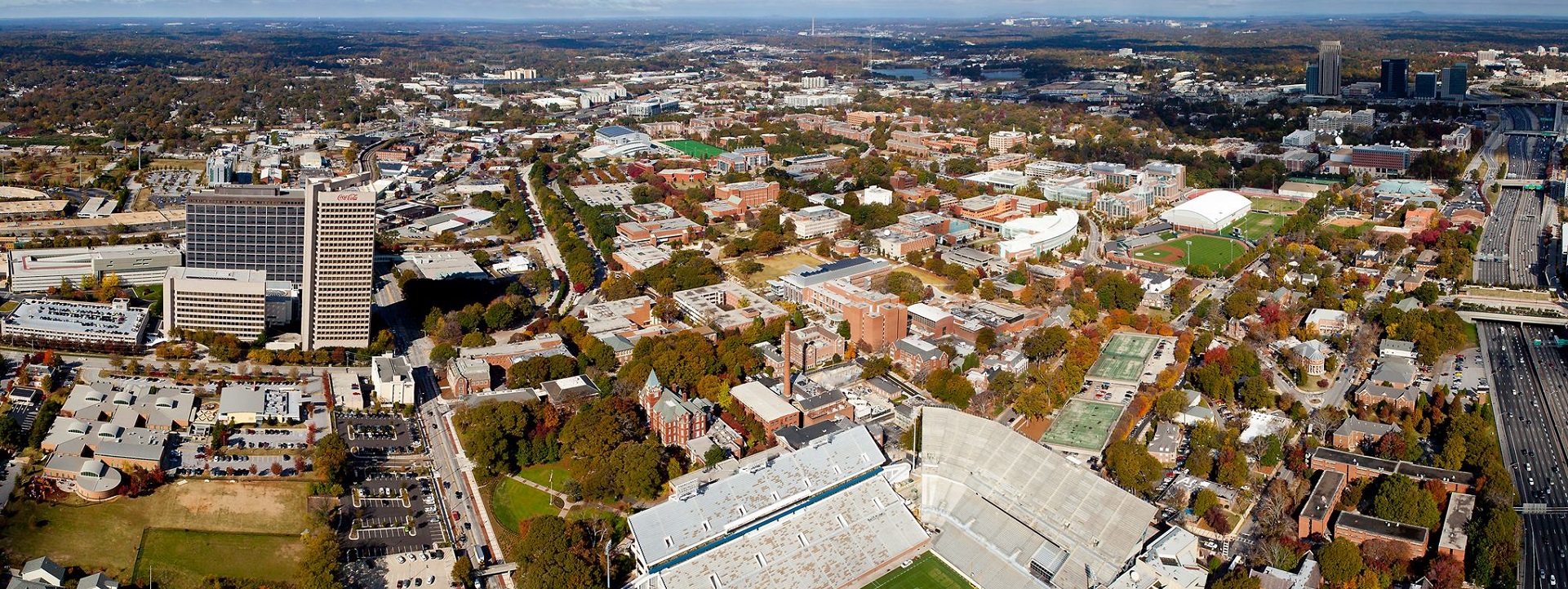
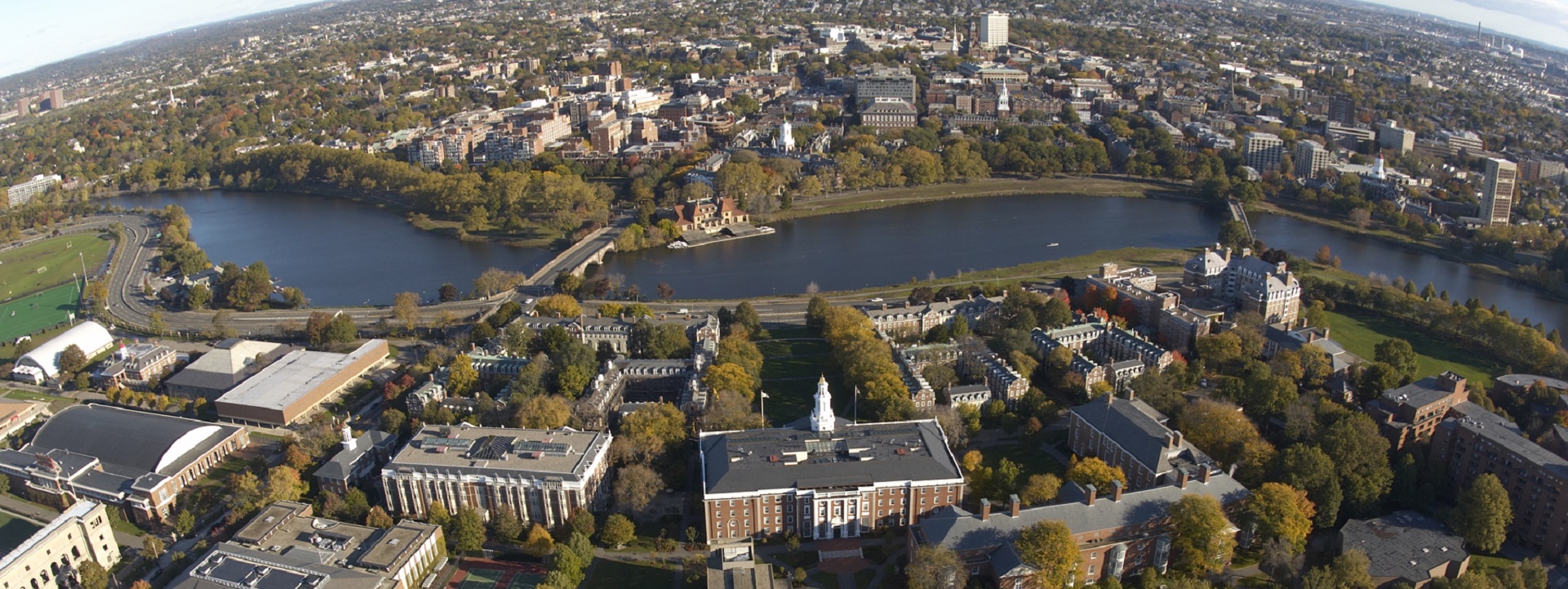
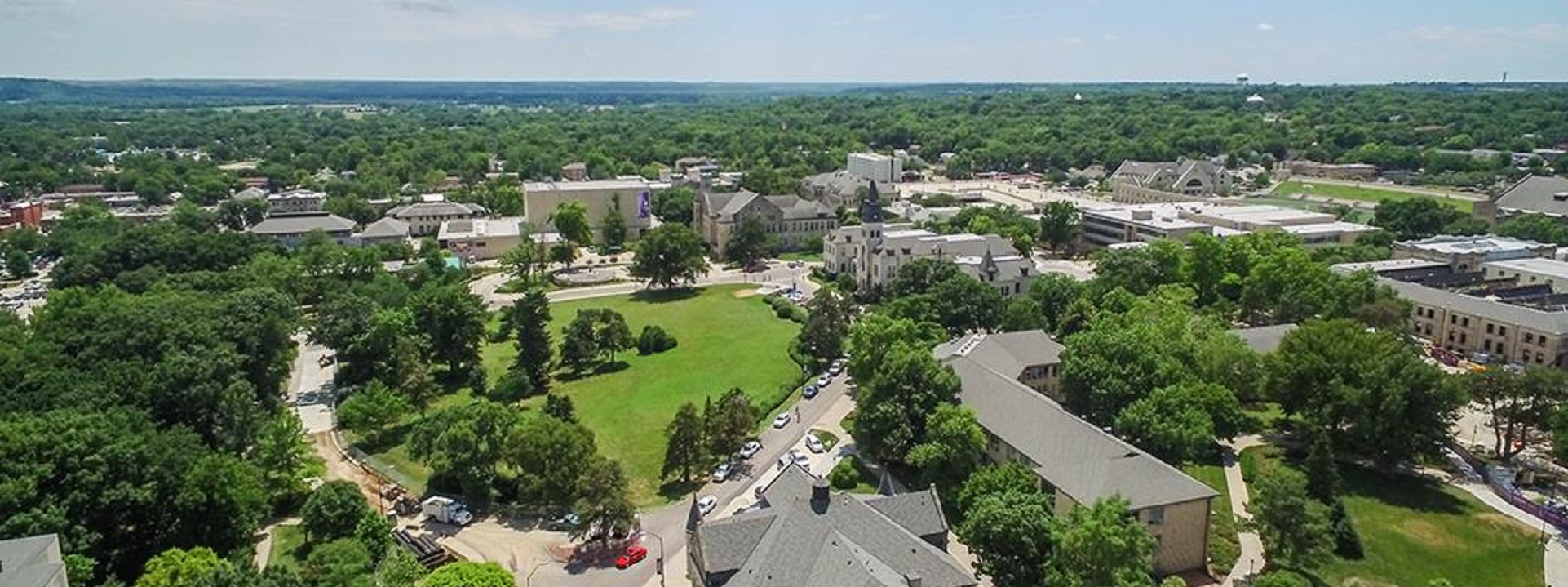
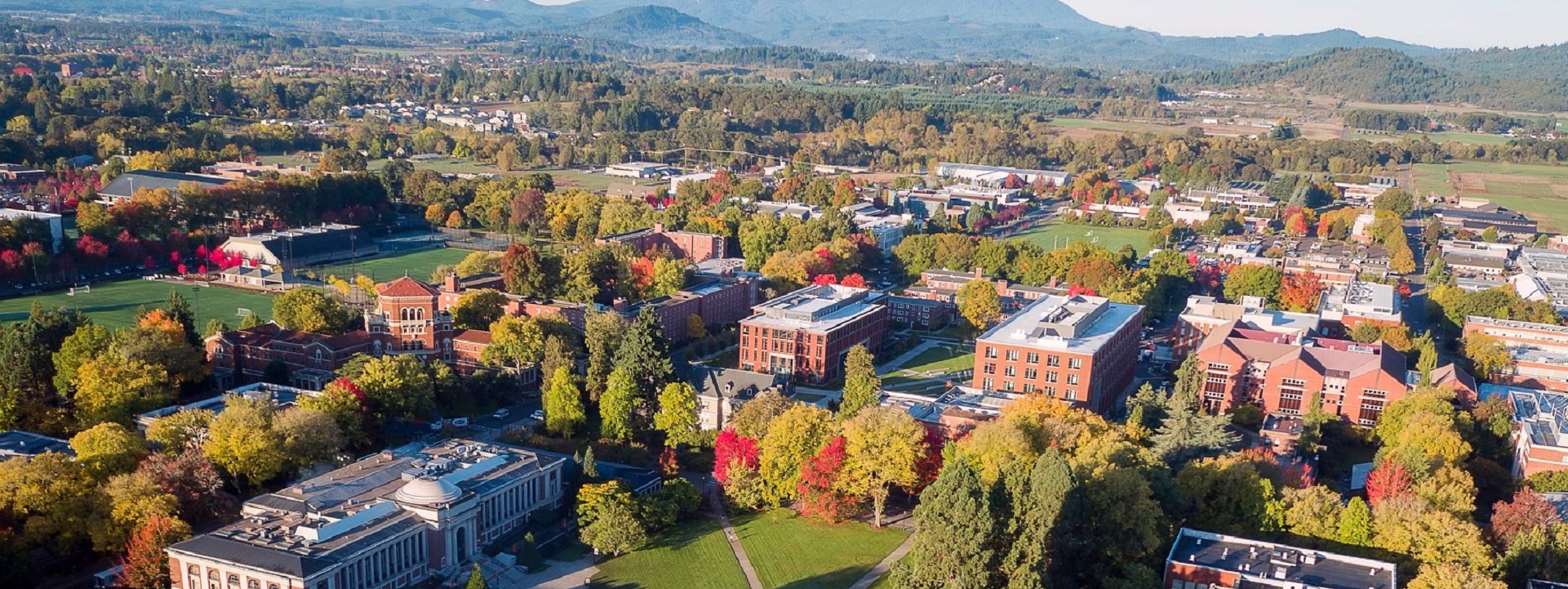
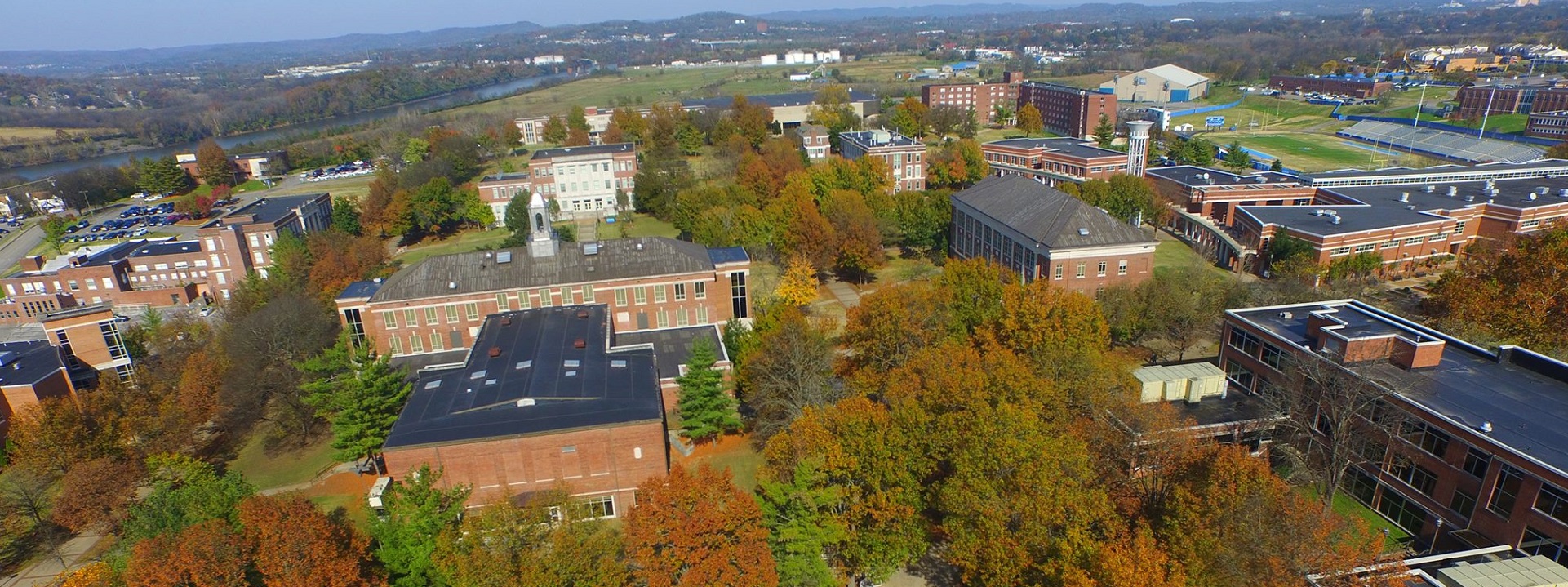
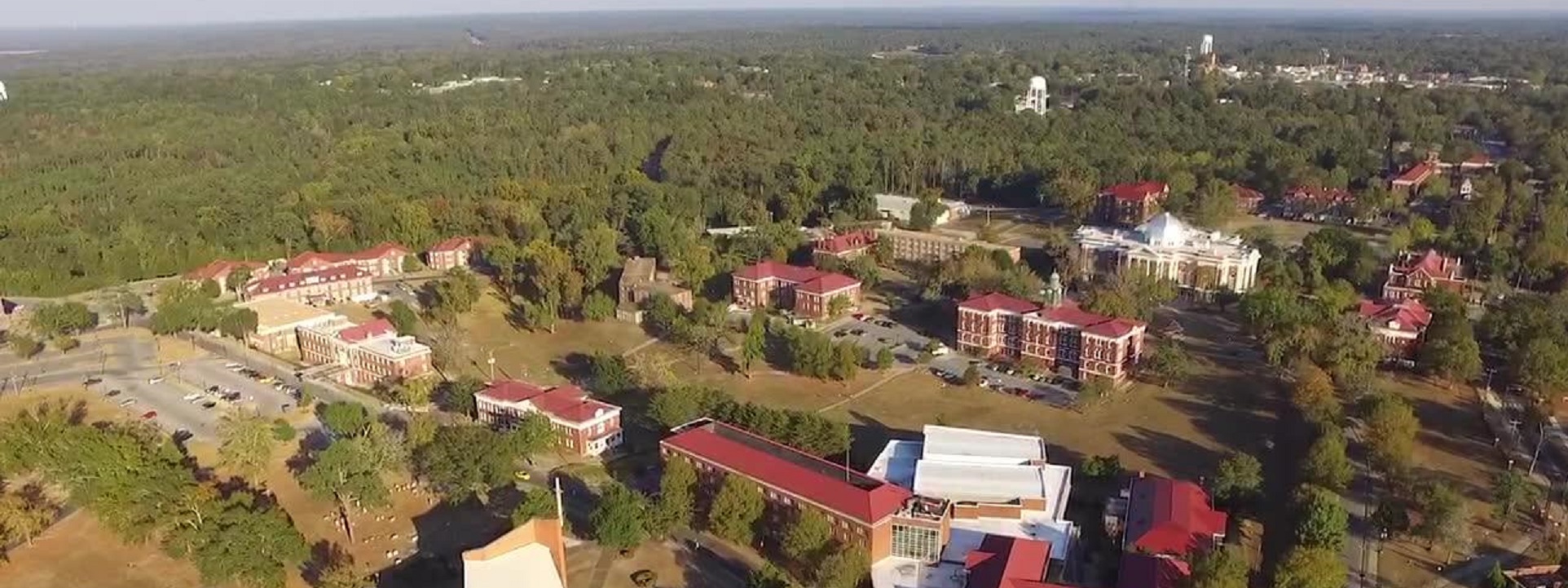
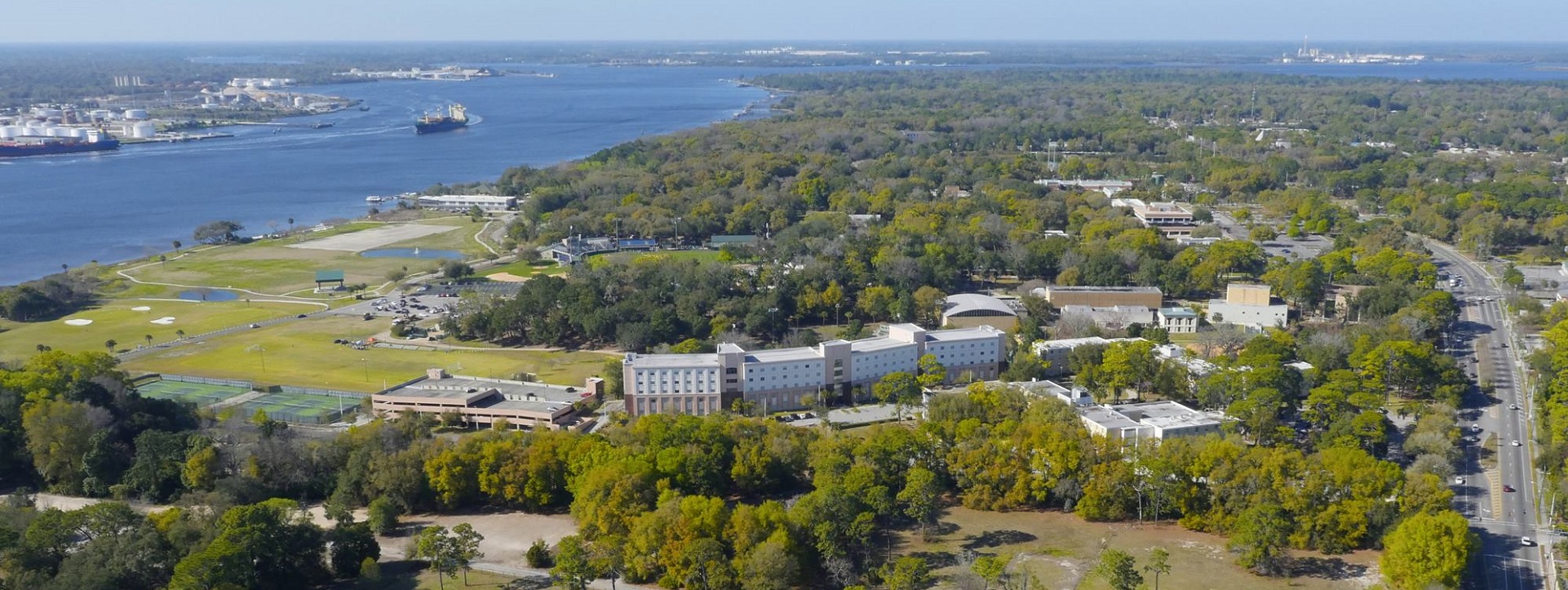
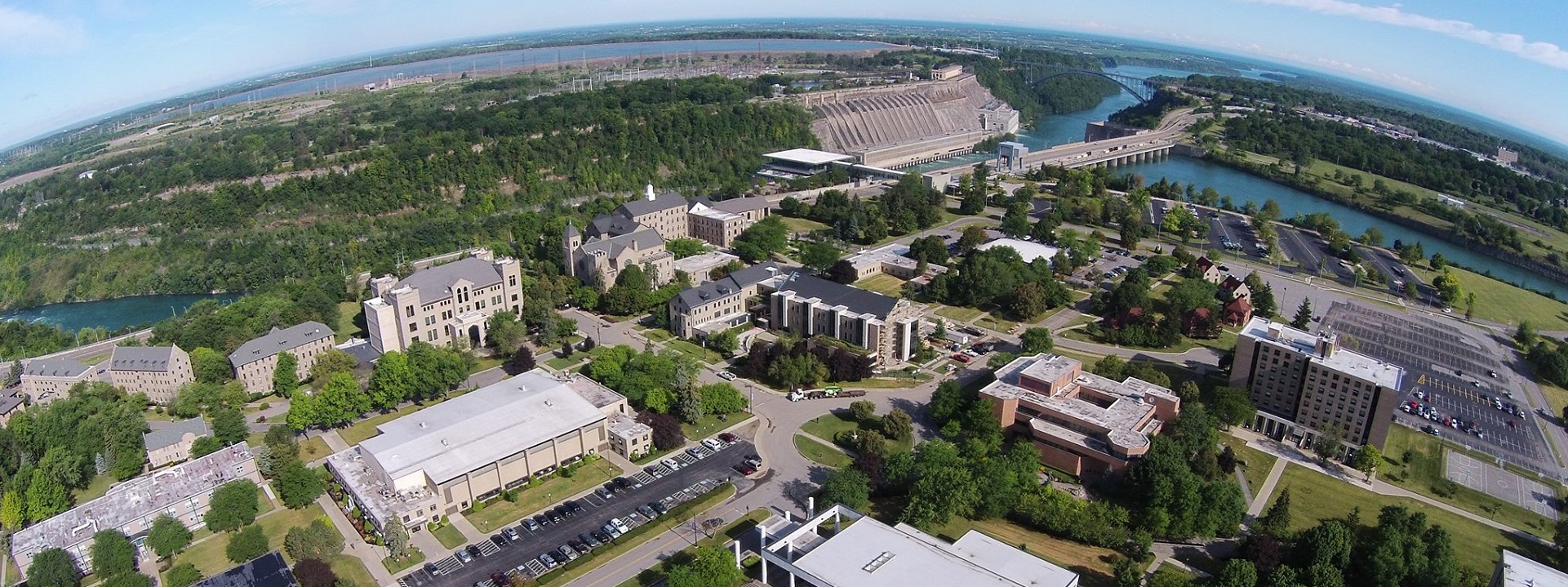
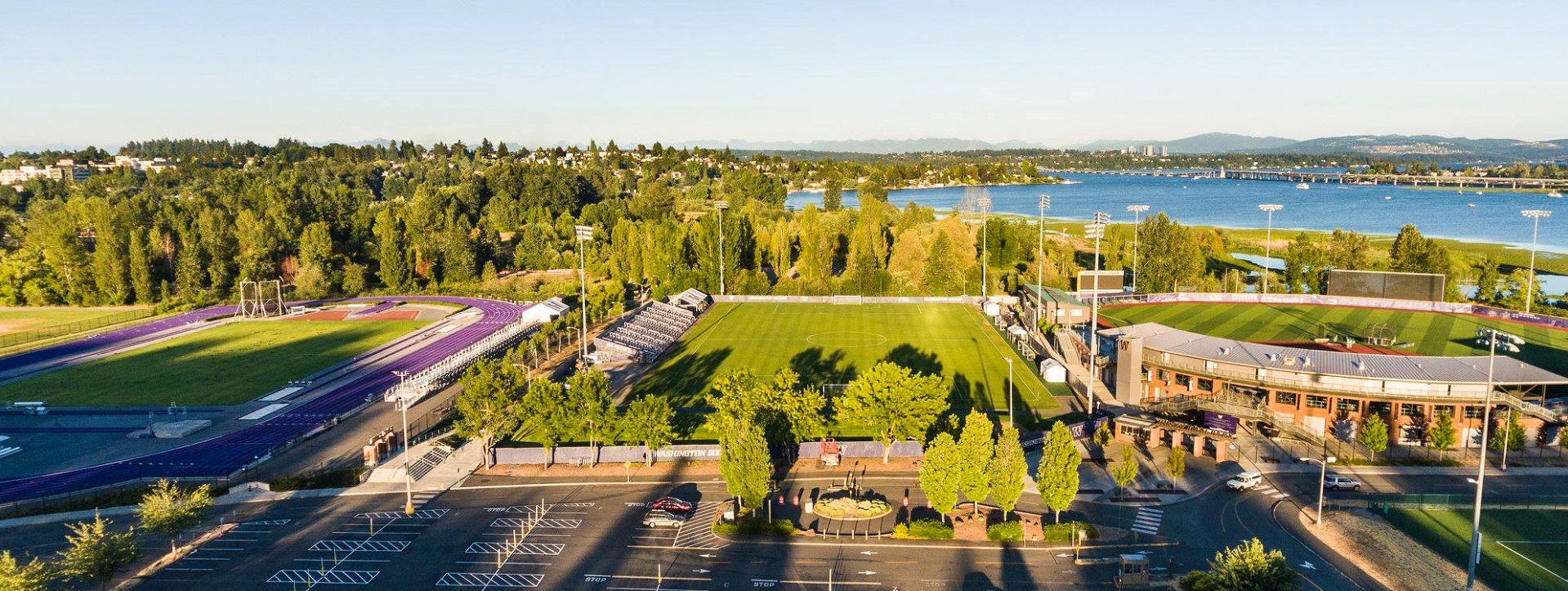
The IEEE Standards Association has authorized several mobility-related standardization projects to be logged into ANSI’s Project Initiation Notification System:
IEEE 2040.1 Taxonomy and Definitions for Connected and Automated Vehicles. Connected and automated vehicles have the potential to not only significantly decrease accidents and fatalities on roads, but also improve the time efficiency and energy efficiency of traffic flows due to higher synchronization of vehicle movements, which may help avoid extending the existing infrastructure. However, there are hypes, confusions, and misunderstandings about the state-of-the-art vehicle functionalities in the market as well as the laboratories. The lack of taxonomy and definitions for connected and automated vehicles is not only misleading consumers but also risking the safety of the public including passengers, pedestrians, and other traffic participants. This project is needed to set the grounds for discussions on connected and automated vehicles, clarify the necessary functionalities, and help consumers make choices and stay safe. “Autonomous” and “automated” are distinguished terms in the context of vehicle driving functions. This standard focuses on “automated vehicles” since “autonomous vehicles” involve more complex technologies and may delay the implementation on public roads. This standard specifies the taxonomy and definitions for connected and automated vehicles. [20-153]
IEEE 2040.2 Recommended Practice for Multi-Input Based Decision Making of Automated Vehicles Driving on Public Roads. Automated vehicles have the potential to not only significantly decrease accidents and fatalities on roads, but also improve the time efficiency and energy efficiency of traffic flows due to higher synchronization of vehicle movements, which may help avoid extending the existing infrastructure. Multiple inputs including but not limited to sensors on this vehicle, inputs from other vehicles, and inputs from the infrastructure need to be considered in the decision making of automated vehicles. It will be a challenge when different inputs suggest different actions for the vehicle to decide. This project is needed to recommend solutions to overcome such situations in order to maximize the safe driving and avoid negative impact on the traffic flow. This document provides the recommended practice for an automated vehicle driving on public roads to decide the next action based on multiple inputs including but not limited to sensors on this vehicle, inputs from other vehicles, and inputs from the infrastructure. This document itemizes the cases when different inputs suggest different actions and recommends solutions in these cases. [20-154]
IEEE 2040.3 Recommended Practice for Permitting Automated Vehicles to Drive on Public Roads. Automated vehicles have the potential to not only significantly decrease accidents and fatalities on roads, but also improve the time efficiency and energy efficiency of traffic flows due to higher synchronization of vehicle movements, which may help avoid extending the existing infrastructure. However, the state-of-the-art vehicle functionalities are not able to address all the circumstances on roads to drive safely. The aim of this project is to facilitate the adoption of automated vehicle technologies while ensuring the safety and efficiency in traffic flows. This standard will be updated along with the evolution of automated vehicle technologies and technical progresses into the infrastructure. This document provides the recommended practice for a regulator to permit automated vehicles to drive on public roads when specific conditions are met. This document itemizes the combinations of vehicle capabilities and different situations on public roads. [20-155]
IEEE 2040 Standard for General Requirements for Fully Automated Vehicles Driving on Public Roads. Automated vehicles have the potential to not only significantly decrease accidents and fatalities on roads, but also improve the time efficiency and energy efficiency of traffic flows due to higher synchronization of vehicle movements, which may help avoid extending the existing infrastructure. However, there are hypes, confusions, and misunderstandings about the state-of-the-art vehicle functionalities in the market as well as the laboratories. The lack of general requirements for fully automated vehicles is misleading consumers and risking the safety of the public including passengers, pedestrians, and other traffic participants. This project is needed to clarify what a fully automated vehicle is supposed to be capable of, point out the direction and the ultimate goal of automated driving technology evolution, and provide a reference for the public body to certify and regulate automated vehicles on public roads. This standard specifies the general requirements that a fully automated vehicle shall meet in order to drive on public roads. This standard serves as a comprehensive checklist of all the use cases, scenarios, and worst conditions that a fully automated vehicle certified by the public body shall address on public roads in order to protect the safety of the public including passengers, pedestrians, and other traffic participants.[20-156]
No exposure drafts are open for public consultation at this time.
You may communicate directly with the IEEE Standards Association to receive notification of milestones and to respond to calls for public consultation on your own. Contact: Lisa Weisser: (732) 981-2864; l.weisser@ieee.org 445 Hoes Lane, Piscataway, NJ 08854-4141. We will track these products from the perspective of business, research and academic interests.
We maintain all IEEE consensus products on several of our colloquia — Mobility, Power, Infotech — and collaborate closely with the IEEE Education & Healthcare Facilities Committee and IEEE Consumer Electronics Society. See our CALENDAR for the next online meeting; open to everyone.
Issue: [20-153] [20-154] [20-155] [20-156]
Category: Mobility, Power, Infotech
Source: American National Standards Institute
Colleagues: Mike Anthony, Paul Green
Complete Street
The term “Complete Street” is a relatively new term of art that emerged in the early 2000s as a concept in public roadways. The Complete Streets movement is a transportation policy and design approach that aims to create safe, accessible, and convenient streets for all users, including pedestrians, bicyclists, motorists, and transit riders of all ages and abilities. The concept recognizes that streets should be designed to accommodate a range of transportation modes, and should be safe and accessible for everyone, regardless of age, ability, or mode of transportation.
The Complete Streets concept has gained popularity in recent years as cities and towns across the country have sought to improve safety and accessibility for all users of public roads. Many cities and states have adopted Complete Streets policies and guidelines to ensure that new road construction, rehabilitation, and maintenance projects prioritize the needs of all users. Complete Streets policies often require that new road projects include sidewalks, bike lanes, crosswalks, and other infrastructure improvements to make streets safer and more accessible for everyone.
Readings:
U.S. Department of Transportation: Federal Highway Administration
State of Michigan Complete Streets Program
New update alert! The 2022 update to the Trademark Assignment Dataset is now available online. Find 1.29 million trademark assignments, involving 2.28 million unique trademark properties issued by the USPTO between March 1952 and January 2023: https://t.co/njrDAbSpwB pic.twitter.com/GkAXrHoQ9T
— USPTO (@uspto) July 13, 2023
Standards Michigan Group, LLC
2723 South State Street | Suite 150
Ann Arbor, MI 48104 USA
888-746-3670



